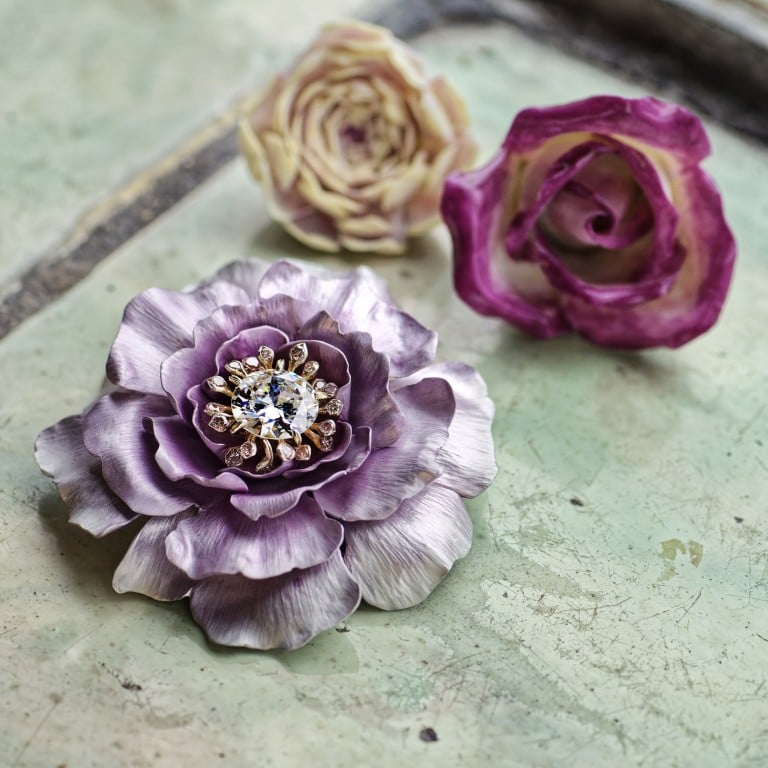Is gold getting old? How high jewellers fell for cheaper metals and bolder colours, from titanium at Chopard and aluminium at De Beers, to Boucheron’s silica aerogel and Hemmerle’s bronze infusions

- Forget traditional gold and platinum – high-end jewellery houses are pushing boundaries, with designers like Wallace Chan and Cindy Chao favouring titanium for its strength and lightness
- Hong Kong’s Austy Lee still vouches for precious gold, but uses coatings like nano-ceramic e-coating, rhodium plating and enamels for colour, while Sarah Ho often works with recycled metals
Similarly, the gemstones themselves are the same, but when it comes to other materials used, there’s a quiet technical revolution going on in the use of new metal alloys, colourful coatings and finishes. Jewellery houses are pushing boundaries, producing evermore innovative ideas to create new narratives for their jewellery and to excite connoisseurs and collectors.

Boucheron’s use of aerogel – a fragile silica material created by Nasa that is 99.98 per cent water – enclosed in a shell of rock crystal for a pendant in its 2020 Contemplation high jewellery collection is an ideal example.
Claire Choisne at Boucheron is a creator with a visionary approach who explores cutting-edge technology to add an original twist to her jewellery. “I feel free to use materials that have an emotional value and aerogel to me expresses the beauty of the sky, which you couldn’t find in a diamond,” Choisne said at the launch.
The following year she collaborated with French materials producer Saint-Gobain to create an innovative iridescent coating for her Holographique collection. The hi-tech coating process involves applying layers of a molten spray of titanium and silver powder oxides on white ceramic and rock crystal. The resulting hues dance across the jewel as the light falls on from different directions.

“I wanted to create a collection around the topic of colour and find a new approach to the natural phenomenon of the rainbow and the Northern Lights,” Choisne explained.
The results were impressive, notably in the flexible Holographique necklace, which she described as “having a futuristic, hypnotic effect”.
Technical advancements with the metal have made new colours possible. Anodising titanium is an electrolytic process that produces a rainbow of hues, which can be chosen to match a gemstone.